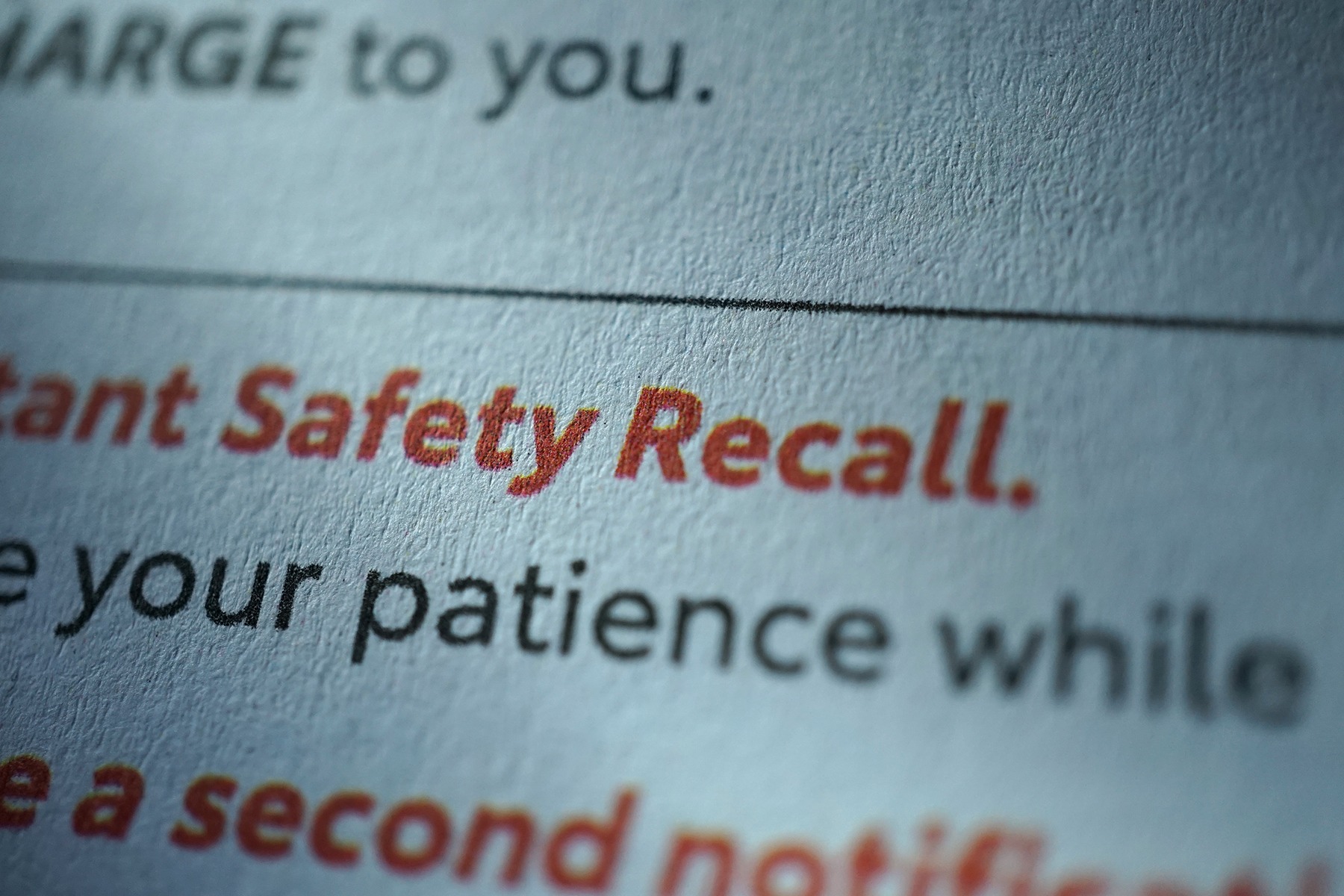A key to driving value from your QMS investment is gaining a high level of support that drives rapid adoption across the organization. But how do you make that happen – ensuring quality is a strategic imperative at your organization? That was the challenge high-performance and adaptive computing technology provider AMD was facing.
AMD Quality Software Architect Mario Andrade shared details on AMD’s accelerated journey to quality during a recent webinar. In the webinar (register to watch the on-demand recording here), Andrade shared the timeline of AMD’s quality journey with ETQ, talked about the factors that led to implementing best practices, and highlighted AMD’s keys to implementation. Let’s examine some of the webinar’s key insights.
AMD’s Quality Journey with Reliance: A Timeline
AMD started its quality journey by focusing on automation for ISO 9001 certification. Since then, it has deployed 14 additional QMS applications with 2,000 users across ten global locations. Here’s a year-by-year look at the company’s quality journey.
2018: The Review Process
AMD reviewed ten competitors and ultimately selected ETQ Reliance as its QMS solution. “We see quality as a journey that we’re on together,” said Andrade. “We really wanted to pair ourselves with somebody who’s just as committed as we are to our journey.”
2019: Initial Implementation
AMD implemented ten ETQ Reliance modules across the year. “We broke up our applications into different “swim lanes,” focusing on ISO compliance, supplier portal, product materials, analytics, and platform-related,” Andrade explained.
“Within ISO, our key focus were Audit Management, Corrective Actions or CAPA, Document Control, Employee Training, Assets and Calibration, and Meetings. Within product and material, we focused on Change Management and PLM — the Project Control application,” he continued.
Andrade and his team also implemented Admin Center, Reliance Engine, and Delegation at a platform level.
2020: Supplier Portal Implementation
AMD implemented ETQ Reliance’s Supplier Portal. “We highlighted five key areas to bring into the supplier portal — things like Audits, Management, Corrective Action Control, and Change Management, as well as our Quality Management,” Andrade explained.
In addition, the company implemented ETQ Insights. Andrade shared, “Within Insights, we created seven customized dashboards and a centralized quality data lake (QDL).”
2021: Additions and Improvements
Last year, AMD implemented two new applications, including data yield analysis for its supplier portal. It also improved access to analytics, allowing users to generate custom dashboards through Power BI and other intelligence tools.
2022: Current Processes
Currently, AMD is implementing three apps: Training Management, Release Management, and User Management, the latter giving the company more holistic control over onboarding and offboarding users. The company’s stretch goal for this year is to upgrade to NXG.
Factors Leading to Implementation
Three key factors leading to AMD’s implementation of ETQ Reliance included ISO governance, emerging markets, and the company’s long-term strategy. “Our priority was to focus the ISO, those core applications — then look at product- and material-related applications and how to implement those,” Andrade said.
Implementation Best Practices
When it comes to implementation best practices, a trusted partner is imperative to your success. “One of the key things that we kept in mind throughout our implementation process is that at the end of the day, ETQ is our partner,” Andrade said. “We’re on a journey together, not only for our implementation but with the product in general — and so we wanted to make sure that partnership was well-known throughout the entire process.”
To that end, one implementation best practice he recommends is recruiting an executive sponsor for each app that is implemented — someone who can review business processes and help push adoption from the top down.
In addition, Andrade suggests:
- It’s never too early to start gathering requirements: “Whether we’re implementing that year or an upcoming year, we always want to start gathering those requirements. The requirements drive the scope of work, so the better documented your requirements, the better the scope of work will be for all implementation,” said Andrade.
- User acceptance testing (UAT) is critical: “We always plan to give ourselves plenty of time for UAT — we want to find as many bugs as we can before we go live so we can address any issues,” Andrade said. Plan for roadblocks as much as successes, and ensure you have detailed use cases.
- Always be open to learning and improving: “No project is ever beyond best practices or lessons learned. Even if you were to hit a home run and everything goes entirely as planned, there’s always room to capture best practices and lessons learned,” Andrade remarked.
- Celebrate your successes: Remember to recognize all the hard work your teams put into it at the end of an implementation. Take a moment to celebrate a job well done!
The Keys to Automation
The key to AMD’s quality automation within Reliance revolves around its integration with other systems. “We focus on automation that helps reduce the person-hours needed for data entry,” Andrade said.
“We also look to automate in ways that help reduce the potential for human error — for example, by being able to copy data from one system to another. We aim to increase productivity, to improve our ‘first time right,’ and to always improve our overall cost of quality,” he continued.
Specifically, AMD has focused on quality automation in three areas:
- AMD Engineering Warehouse: Connecting these to share employee, organizations, and program-related data
- AMD Manufacturing Analytics: Allows AMD to transfer data from Reliance to other analytics systems and then back into Reliance to compute key analytics across the organization.
- Product Lifecycle Management (PLM): Focused on Build of Material, Customer change notifications, and technical change notifications
Make Quality a Strategic Imperative
When making quality a strategic imperative at your organization, picking the right partner is the key to your success. Recruit an executive to help drive adoption from the top down. Prioritize time for UAT testing. Remember, it’s never too early to start gathering requirements, and always be open to learning and improving — even from your successes.
And speaking of successes, ensure you take the opportunity to celebrate them with your teams. Your business, like AMD, can ensure quality across every process and touchpoint by following these guidelines.
Want more details about AMD’s quality journey? Check out the on-demand webinar (registration required).


